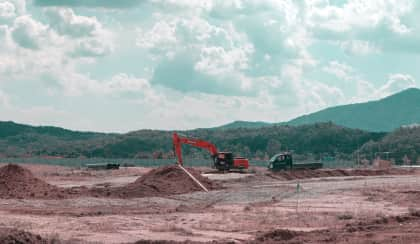Home building held back by one consistent shortage
A major supply issue is proving to be a persistent hurdle to getting new homes off the ground, even as other obstacles are addressed.

According to the Housing Industry Association (HIA), land supply is re-emerging as the number one constraint on home building, with prices for land once again rising off the back of a modest recovery in sales.
“Residential lot sales picked up across Australia, increasing by 0.9 per cent in the December quarter to 10,666, to be up by 24.6 per cent over the course of the 2023 calendar year,” HIA’s senior economist Tom Devitt explained.
Brisbane, Adelaide and Perth have come to the fore as popular markets for home builders, with now back to pre-pandemic levels – or surpassing them, in some cases, if not quite reaching the turbocharged market that defined the early COVID-19 years. In Sydney, Melbourne and Hobart, however, sales are still at low levels roughly on par with 15 years ago.
With a noticeable split between the markets, it’s easy to see how buyer behaviour is impacting land prices.
“While lot prices in the weaker Sydney, Melbourne and Hobart markets appear elevated but contained, lot prices in Brisbane, Adelaide and Perth pushed up again towards record highs,” Devitt explained.
“The fact that land prices are re-accelerating alongside such a modest recovery in sales volumes, suggests it will not be long before the number one constraint on new home building is, once again, the availability of land,” he commented.
CoreLogic economist Kaytlin Ezzy agreed that “land availability will likely continue to be a major factor hindering growth in overall housing supply”.
She noted that the uptick in land prices and sales has followed a similar pattern to the overall housing market, with growth skewed towards the mid-sized capitals and corresponding regional markets. And as with the existing home market, economic factors are making an impact.
“The combination of higher interest rates and low land supply has seen new annual dwelling approvals fall 12.8 per cent over the past year. While the government’s $1 billion of additional funding for the Housing Support Program, announced on budget night, should help alleviate some of the infrastructure hurdles for land development, it will take some time for this to translate into an increase in land supply,” Ezzy said.
HIA is currently urging governments to bring shovel-ready land to the market, stressing that state and federal new home building goals have no hope if greenfield and infill land are in scarce supply.

